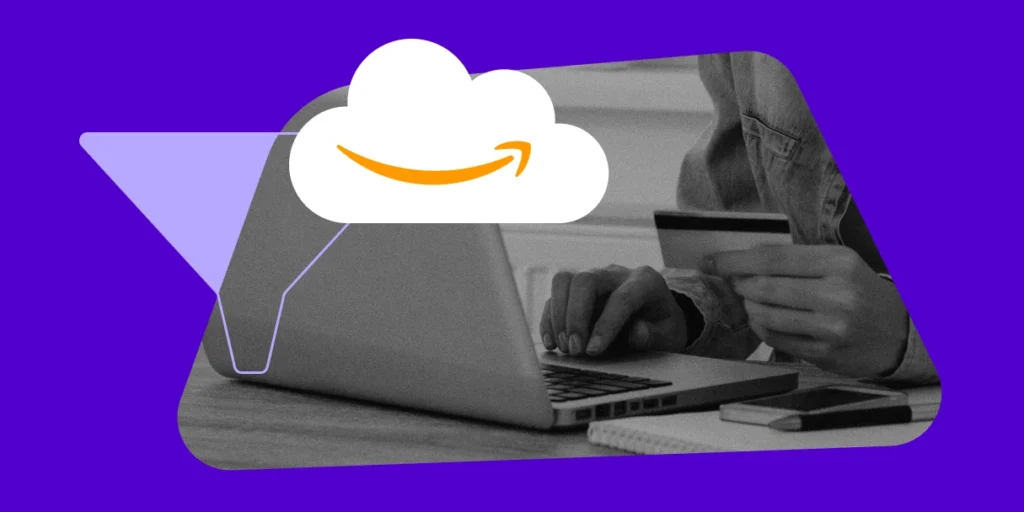It should come as no surprise that Amazon Prime members recently enjoyed the biggest global shopping event in Amazon history.
FREE GUIDE: The 2017 Amazon Sponsored Products Guide
According to recent reports, 2017 Amazon Prime Day sales surpassed Black Friday and Cyber Monday (2016) and the event grew by more than 60 percent over last year.
Earlier this week, the retail giant offered up 30 hours of deals to their Amazon Prime customers. One of the most popular selling items on Prime Day was the Amazon Echo Dot, which was discounted to $35 (regular pricing of $50).
Additional Amazon Prime Day record sales included:
- The 55-inch Element 4K TV with Amazon Fire
- InstantPot programmable pressure cooker
- 23andMe DNA ancestory tests
- Sony Playstation 4s
- Nintendo Switch
- Alexa-enabled smart plugs
- Whey protein powder
- “Game of Thrones” seasons 1 through 6 on Blu-Ray
History of Amazon Prime Day
As noted in our Amazon Prime Day prep article, the initial hype for Amazon Prime Day back in 2015 was pretty substantial.
There’s not many retailers capable of creating their own shopping holiday, especially one to rival Black Friday and Cyber Monday.
According to an article by Forbes, Amazon spokesperson Julie Law called Prime Day a calculated “business expense.”
Prime Day surfaced for 2 primary reasons: First, to stimulate shopping among already existing Prime members and second, to attract new members with free trials.
Now in it’s third year and judging from the data, Amazon’s Prime Day marketing strategy works.
Today, nearly half of U.S. households have an Amazon Prime membership, according to an report from Consumer Intelligence Research Partners.
The report also estimates that the number of Amazon Prime memberships in the U.S. jumped 35% to 54 million in 2016 (we’re still waiting on the final numbers for 2017).
The Advertiser’s Perspective
One of the biggest changes to Amazon Prime Day 2017 was the handling of Amazon Prime Day Lightning Deals submissions.
For those who don’t already know, an Amazon Lightning Deal is a promotion with a limited number of discount offers on an item for a short period of time. These premium deals can be found throughout Amazon.com, including the Gold Box page and are available one per customer, until either the promotional period for the deal expires or all the available promotional discounts are claimed.
In 2016, Lightning Deal submissions were handled by “human” contacts at Amazon – but starting in 2017, all applications were processed through Amazon’s Deal Submission engine.
Why? Amazon wanted to curate their offers for Prime Day on the front end to make sure they were offering customers the best deals on already popular products.
Although we’re still collecting data, it’s evident products accepted into the Lightning Deal program experienced a significant jump in sales on Prime Day.
“The product display ads that had the option to show the Lightning Deal and run [for the duration of the deal] performed well,” Nick Sandberg, Marketplace Program Development Manager at CPC Strategy said.
“They allowed me to confidently bid higher and target more widely, knowing the duration of the campaign was limited, and that the copy which includes a mention of the deal would help drive the click through on the ads.”
“Once shoppers reached the page, they were more inclined to purchase the deal since the offer was only available for a limited amount of time.”
As seen in the sales snapshot below, some sellers experienced a significant jump in sales within a few hours:

If you’re not seeing the sales data you expected – don’t jump to conclusions. According to our experts, AMS (Amazon Marketing Services) reports could take several days to become available.
Note the following AMS reporting delays:
- Impression and click data may take up to 24 hours to appear.
- Detail page views and sales data may take up to 3 days to appear.
- Since Prime Day involves so much marketing and traffic, some AMS accounts will not have fully updated data within 72 hours.
- The most complete data we will see regarding your Prime Day performance will be determined around July 25th.
We will continue to update this post as more data becomes available in the next day or so.
Check back soon for more information on Amazon Prime Day 2017 or email [email protected].
You Might Be Interested In















